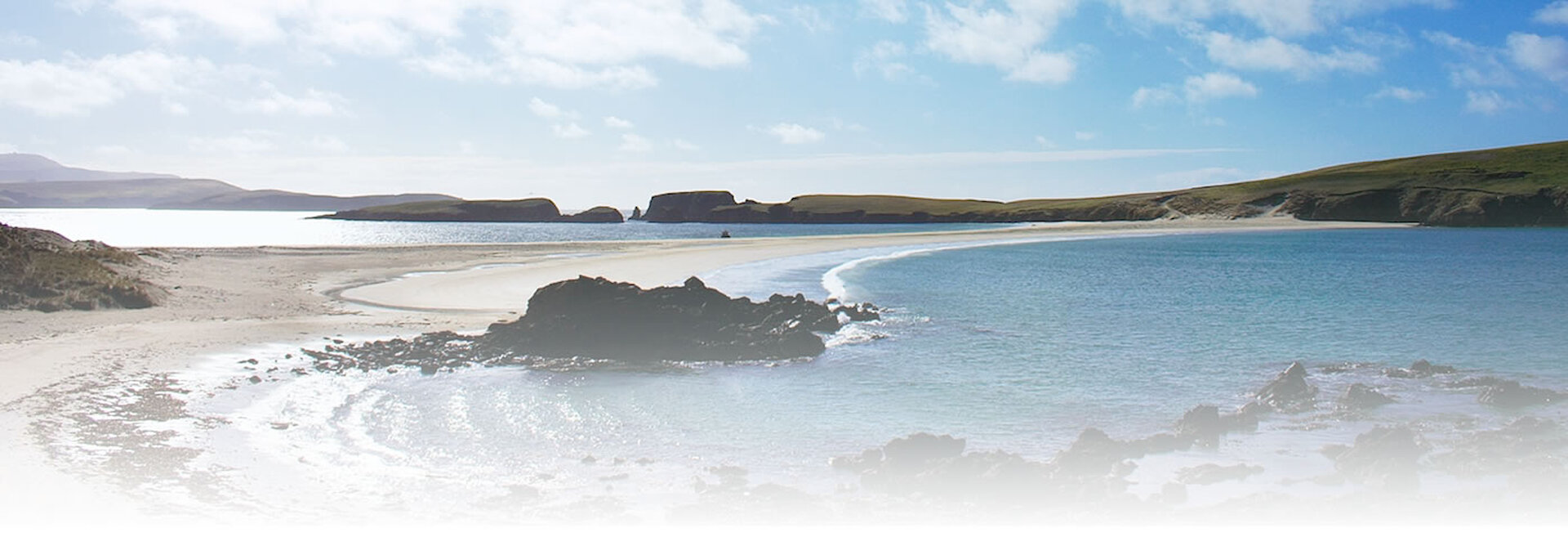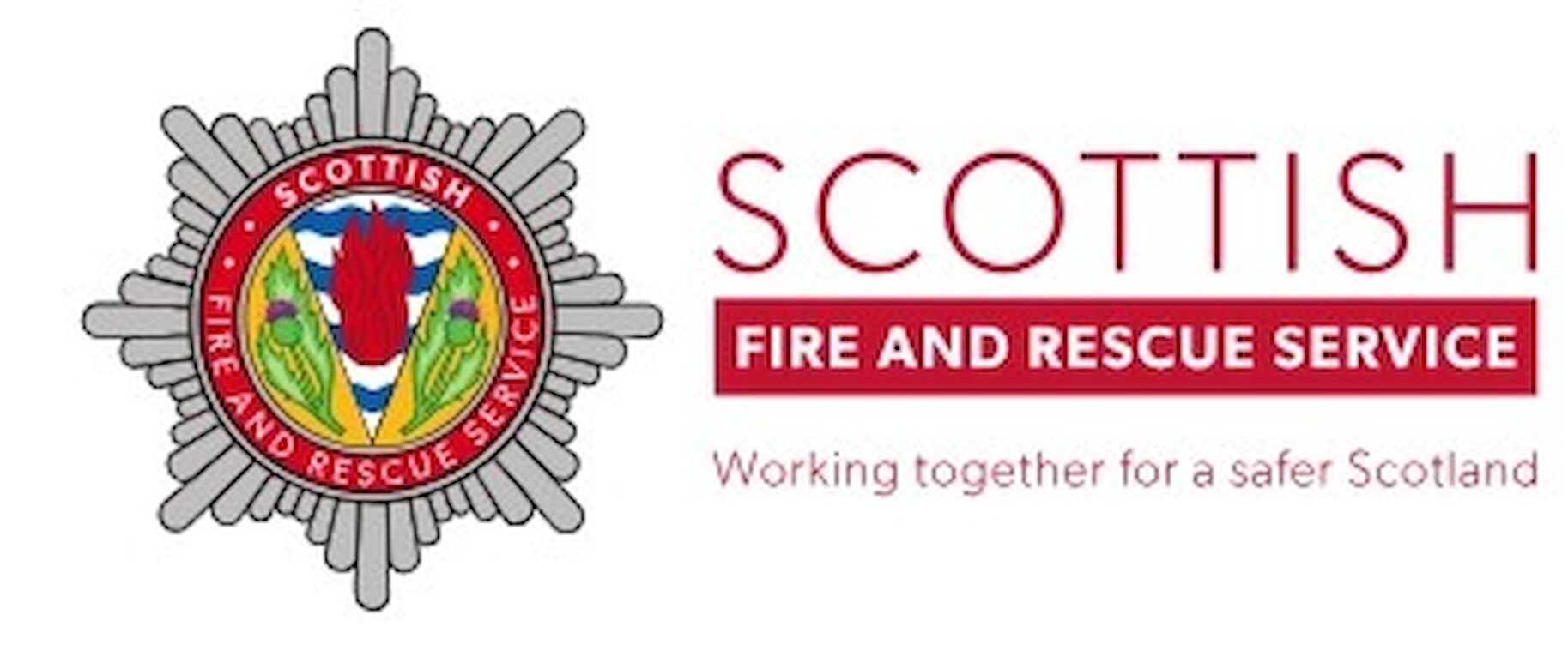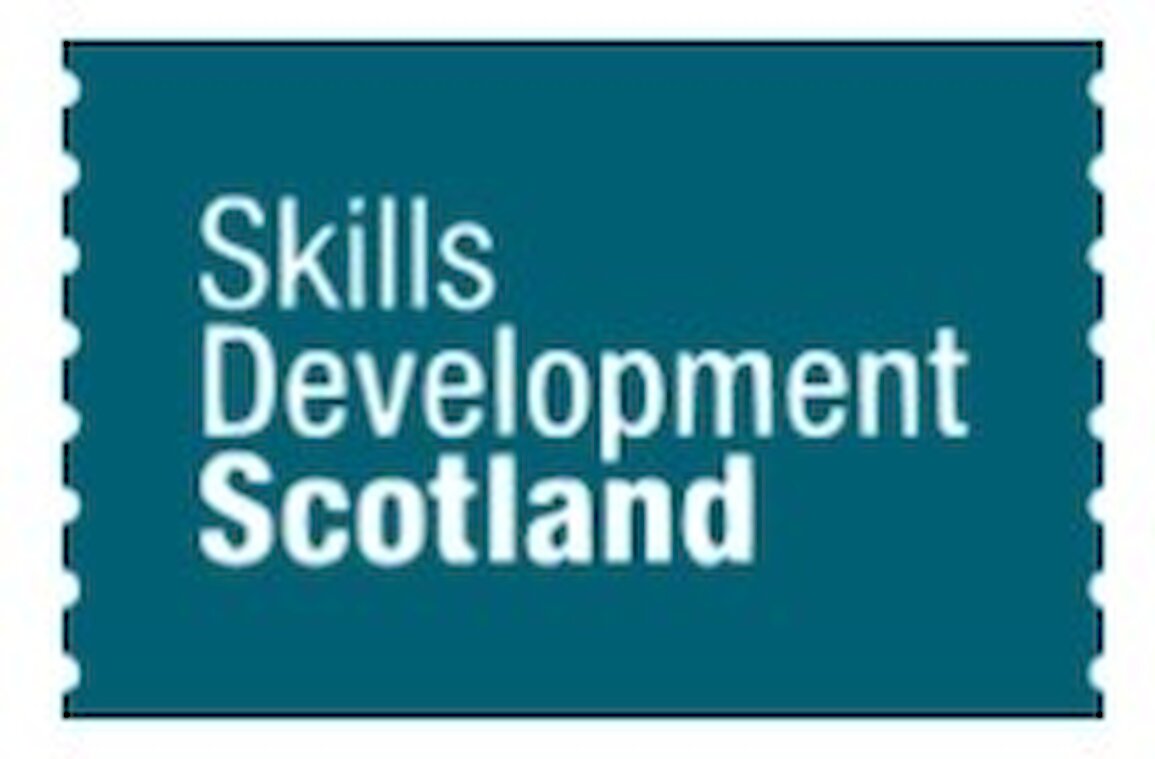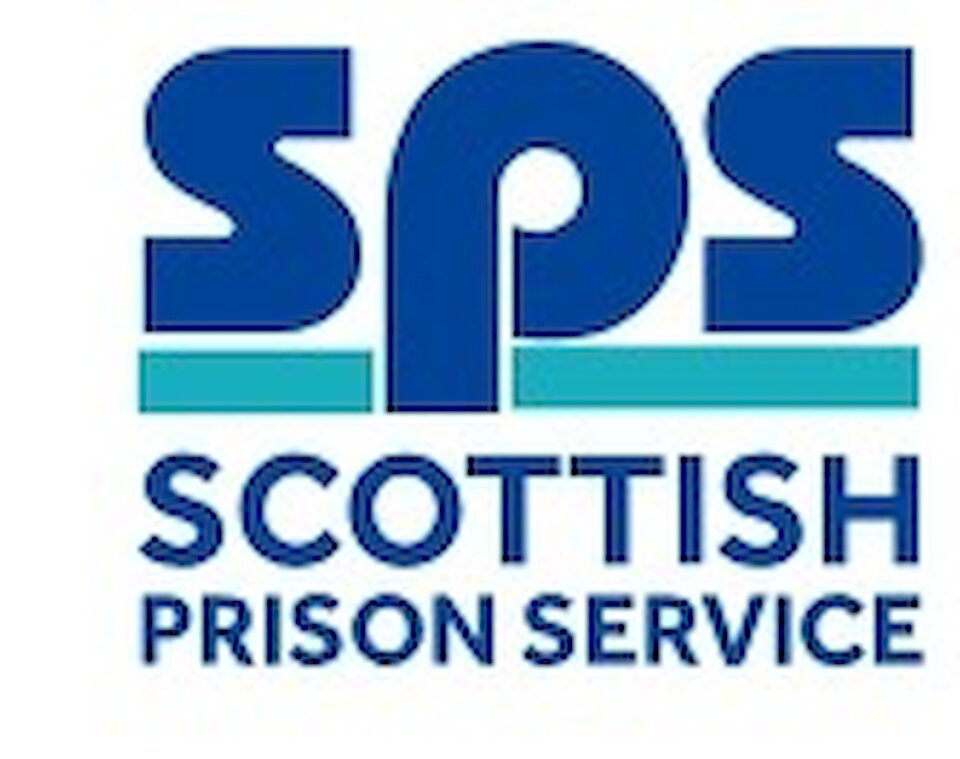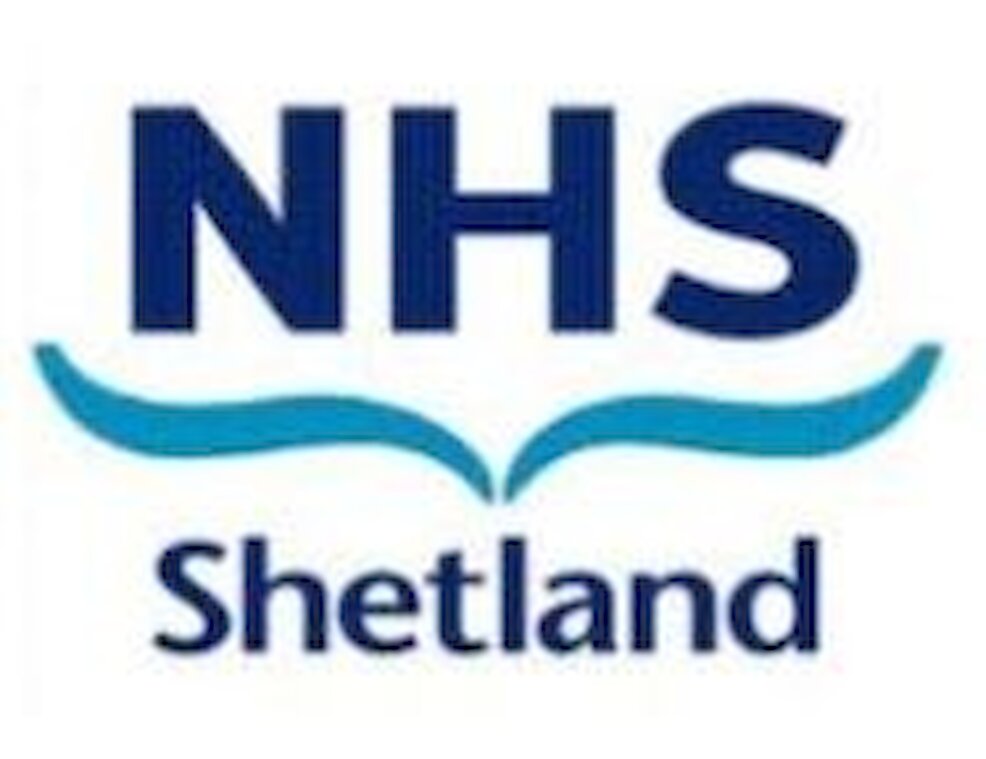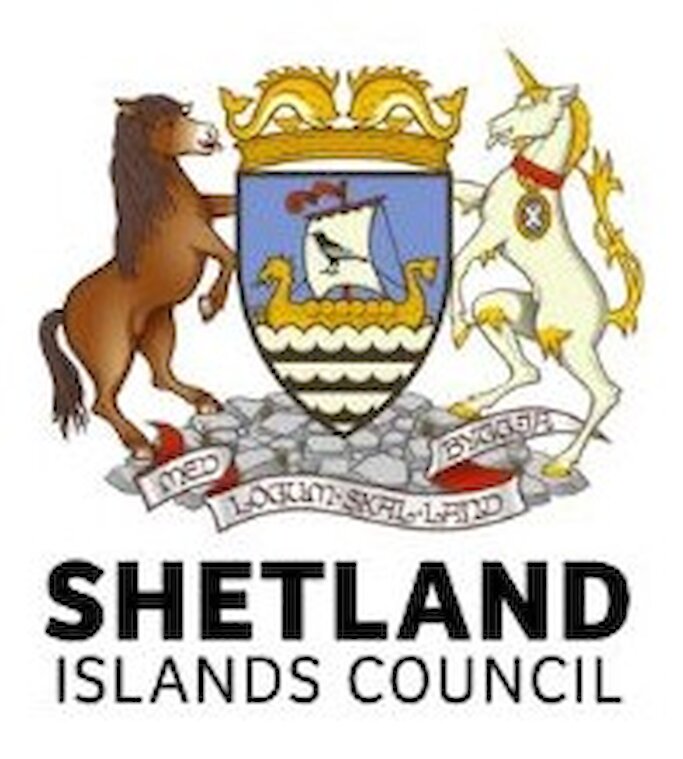Reducing offending and the causes of offending by working with people with convictions, victims, families and communities across Shetland.
What is Community Justice?
- Community Justice is about preventing and reducing further offending by addressing the underlying causes.
It is where individuals, agencies and services work together to support, manage and supervise people with convictions or with a history of offending. It aims to reduce offending behaviour and the harm that offending causes, and promote social inclusion and citizenship.
This approach will transform the Community Justice landscape, bringing a new perspective which places planning at a local level so that decisions can be made by people who know their area best. Involving communities, the third sector and people with lived experience of the criminal justice system in the planning and delivery of community solutions are a vital part of this process.
This document summarises the range of community options that can be used as alternatives to prosecution, remand and custody in Scotland.
The Shetland Community Justice Partnership want to secure the best possible outcomes for people with convictions, victims and witnesses, families and communities. We want to safely and effectively manage and support those who have committed offences to help them reintegrate and realise their potential for the benefit of the whole community. We want to make sure that people with convictions, victims and witnesses, families and communities have access to the support they need to recover from the impact of crime.
- Membership
Chair: Susan Laidlaw, Director of Public Health, NHS Shetland
Vice-Chair: Anita Jamieson, Executive Manager - Housing, Shetland Islands Council
Coordinator: Colleen Flaws, Community Justice Officer, Shetland Islands council
Contact: Shetland Islands Council, Community Planning and Development, Solarhus, 3 North Ness Business Park, Lerwick, Shetland, ZE1 0LZ
telephone: 01595 743888
email: [email protected]
For the role and remit of Shetland Community Justice Partnership, including membership click here.
- Shetland Community Justice Plan
The Shetland Community Justice Plan 2023-28 identifies a shared vision and priorities to work towards reducing offending and reoffending, and to improve outcomes for those affected by the justice system, maximising their life opporutnities for the benefit of all our people. Please check back for plans detailing arrangements to be introduced or developed to deliver these outcomes and achieve the best possible outcomes for our communities.
Shetland Community Justice Plan 2023-2028
Previous plans:
Shetland Community Justice Plan 2020-22
Shetland Community Justice Outcomes Improvement Plan Review 20-22
- Shetland Community Justice Partnership Annual Reports
- Community Justice Scotland
One of the core principles of community justice is that decisions for communities should be taken locally by the people who understand their communities best. Community Justice Scotland is the national agency which supports community justice partners to work towards better outcomes, providing leadership, information and advice on implementing local plans.
For more information about Community Justice Scotland please visit their website:
- Navigating Scotland's Justice System
CYCJ (Children and Young People's Centre for Justice) has just launched an accessible website to help people of all ages and backgrounds to access and understand the justice system.
Website here: https://justtherightspace.org/
Story on our site: https://www.cycj.org.uk/news/new-website-makes-space-for-accessibility/
To improve the justice system, we must first understand it, the processes involved and the complexities that people face when navigating it.
Community Justice Scotland have created an interactive, digital map which outlines the key stages of the Scottish justice system. This first-of-its-kind map shows the range of possible journeys from an alleged crime through to multiple exit points, providing key information and statistics about each step. The resource can be accessed here.
